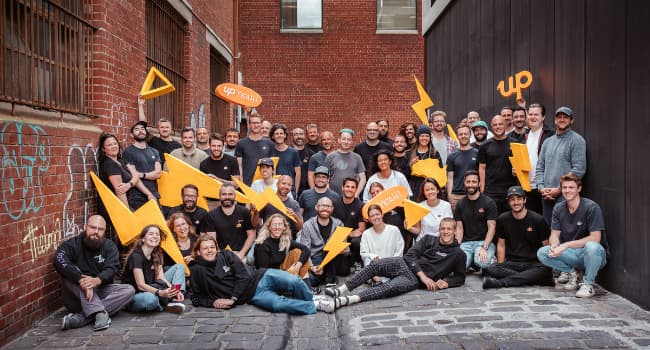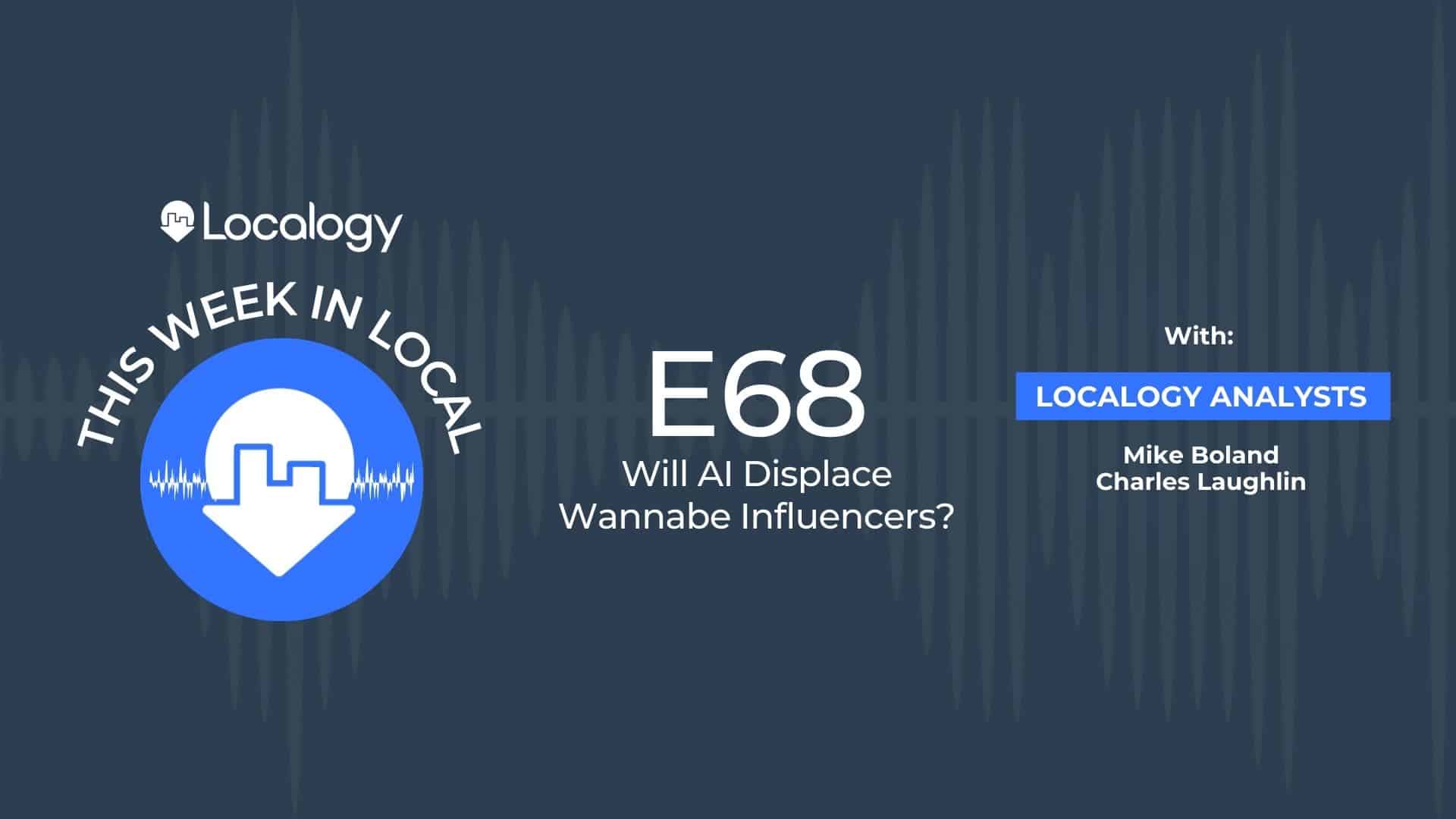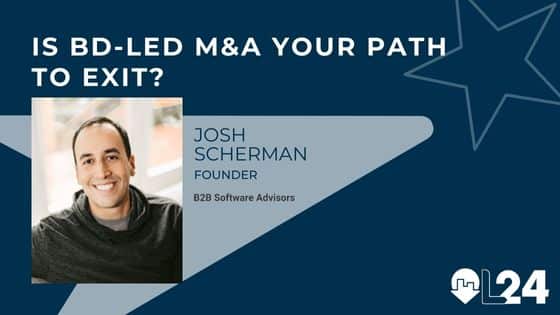Late last week we reported on a relatively new entry to the payments landscape that appears to be gaining momentum.
Save now, buy later is emerging as a reaction to the growing sense that the popular buy now, pay later model is leading younger consumers deep into debt, despite having burst onto the scene a few years ago touting itself as a financially responsible alternative to revolving credit. BNPL involves making a purchase and then paying it off in installments. Typically the consumer pays for one-quarter of the purchase up front and then three equal installments. But models vary, with some being interest-free, others charging interest, and so on.
The reality, however, is that BNPL encourages consumers (heavily Millennial and GenZ) to make larger purchases than they would if they were paying the full amount up front.
For example, BNPL Klarna reportedly boosts average basket size by 45%. Its rival Affirm drives average basket size up by 85%. Clearly, BNPL gives consumers the confidence they need to go for that bigger purchase. However, they don’t always feel as buoyed when the payments come due.
We reported last week on a U.S. company called Accrue Savings that offers a savings-based alternative to BNPL. WeWork veteran David Hirschman launched the company last year. Accrue also raised $4.5 million to get off the ground.
‘Money You Actually Have‘
Today, the Australian neobank Up announced a new app called Maybuy. This is the bank’s contribution to the save now, buy later movement. The app’s tagline is catchy. “Buy things you actually love, with money you actually have.”
Notably, Australia has been ground zero for buy now, pay later. BNPL pioneer Nick Molnar founded Afterpay there in 2014. The company expanded to the U.S. in 2018. And ZipCo, which has been buying up BNPL players around the world, is also based in Australia.
Typically, SNBL programs work like BNPL, but in reverse. The consumer picks a product they want to buy (usually locking in the price). And then they set up a savings plan. Once the plan is completed, they can take possession of the goods. Very much like your grandmother’s layaway. But using an app.
BNPL Stressing Out the Ozzies
Up released consumer survey data today making the case for SNBL.
The survey of 1,000 Australian consumers found that about 25% of Aussies under age 35 say BNPL has encouraged them to make purchases they regret. Another 29 percent said BNPL created stress in their lives. No doubt related to worrying about paying for those purchases they regretted.
The survey also found that 30% of younger Australian consumers found purchases made over multiple installments less enjoyable. This makes sense. It’s not unlike getting paid in advance to do a piece of work. The work feels like a bigger chore when there is no more money coming at the end of the process.
To promote its Maybuy launch, Up opened a pop-up store in downtown Melbourne. One of the features was an “Anti-Impulse Machine”. This allows consumers to swap previous impulse purchases for the change to get back from A$10 to A$500. Up will donate the goods to charity.
We don’t know how big SNBL will become. It seems very well timed for the moment. The world is reeling from inflation and is adjusting to the prospect of a recession. This tends to make consumers more conservative in their financial behavior. That led our grandparents to use layaway. And now there’s an app for that.





